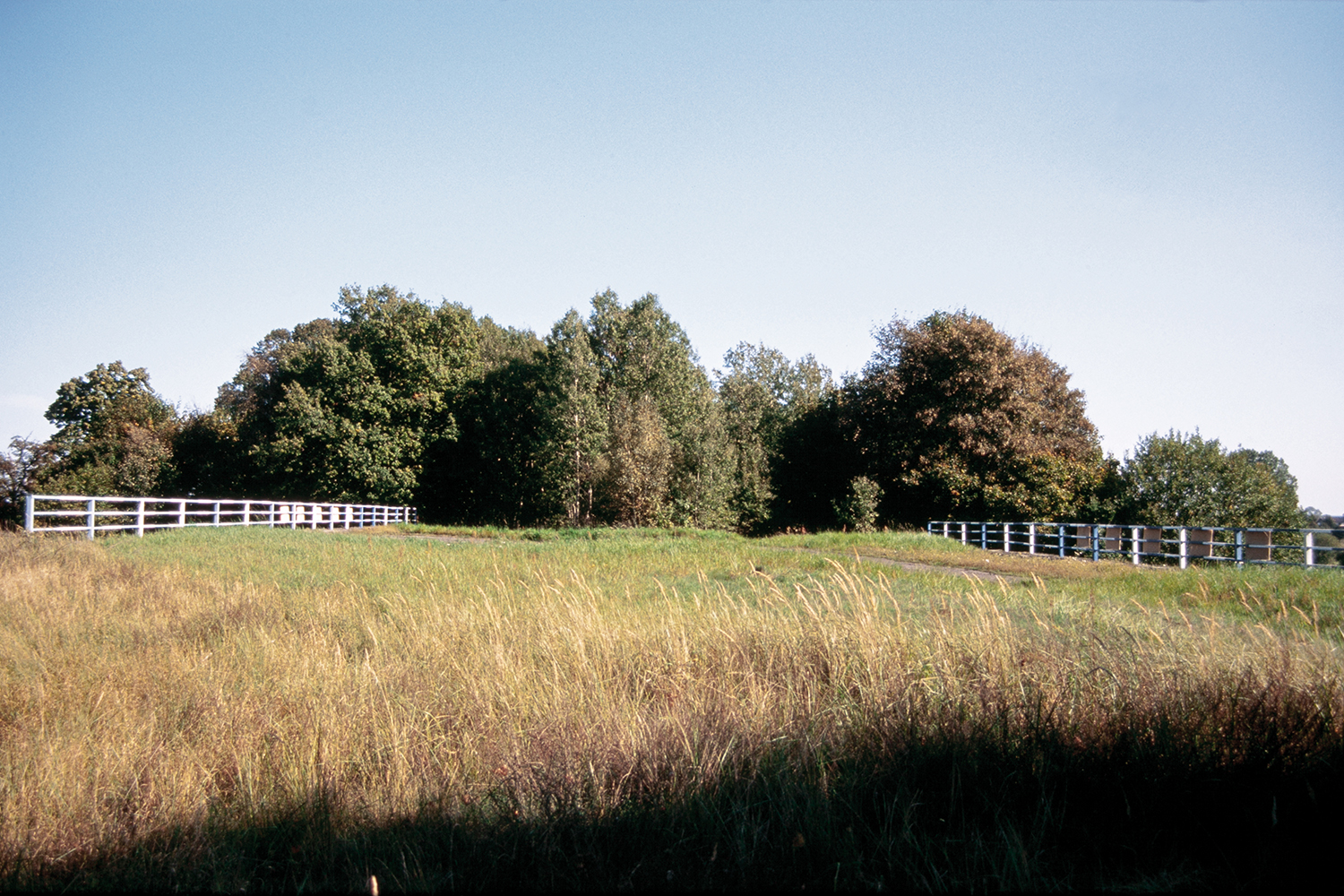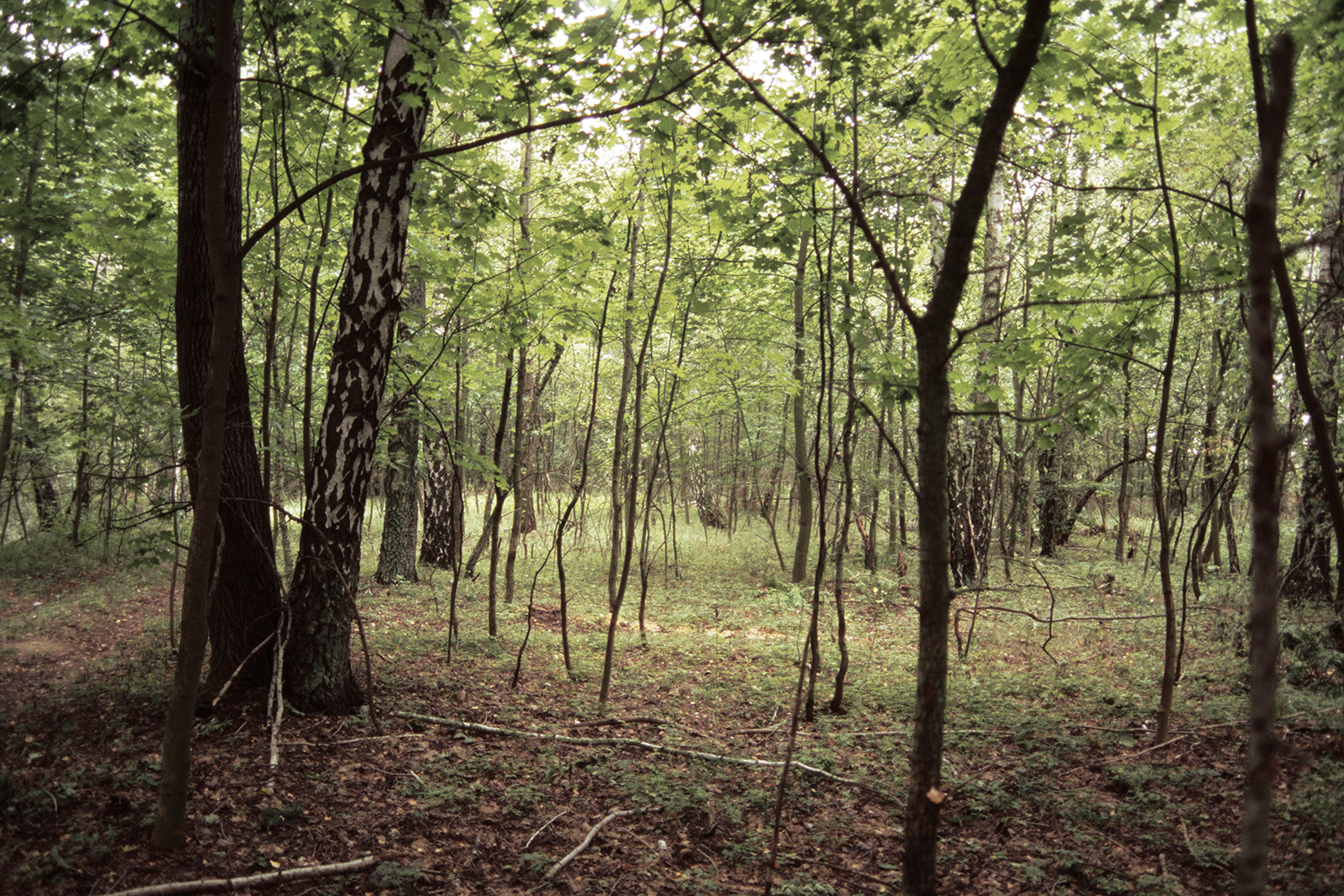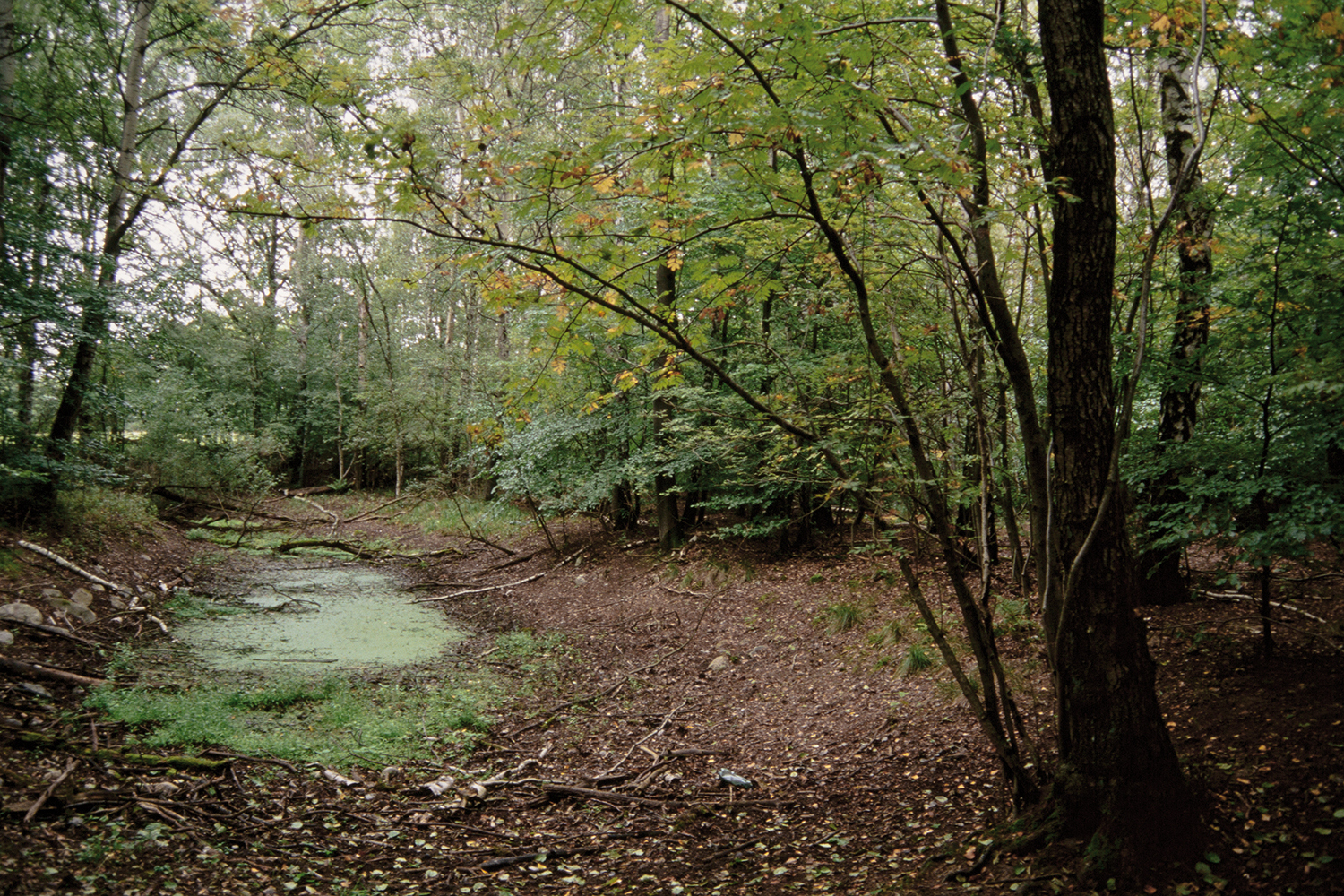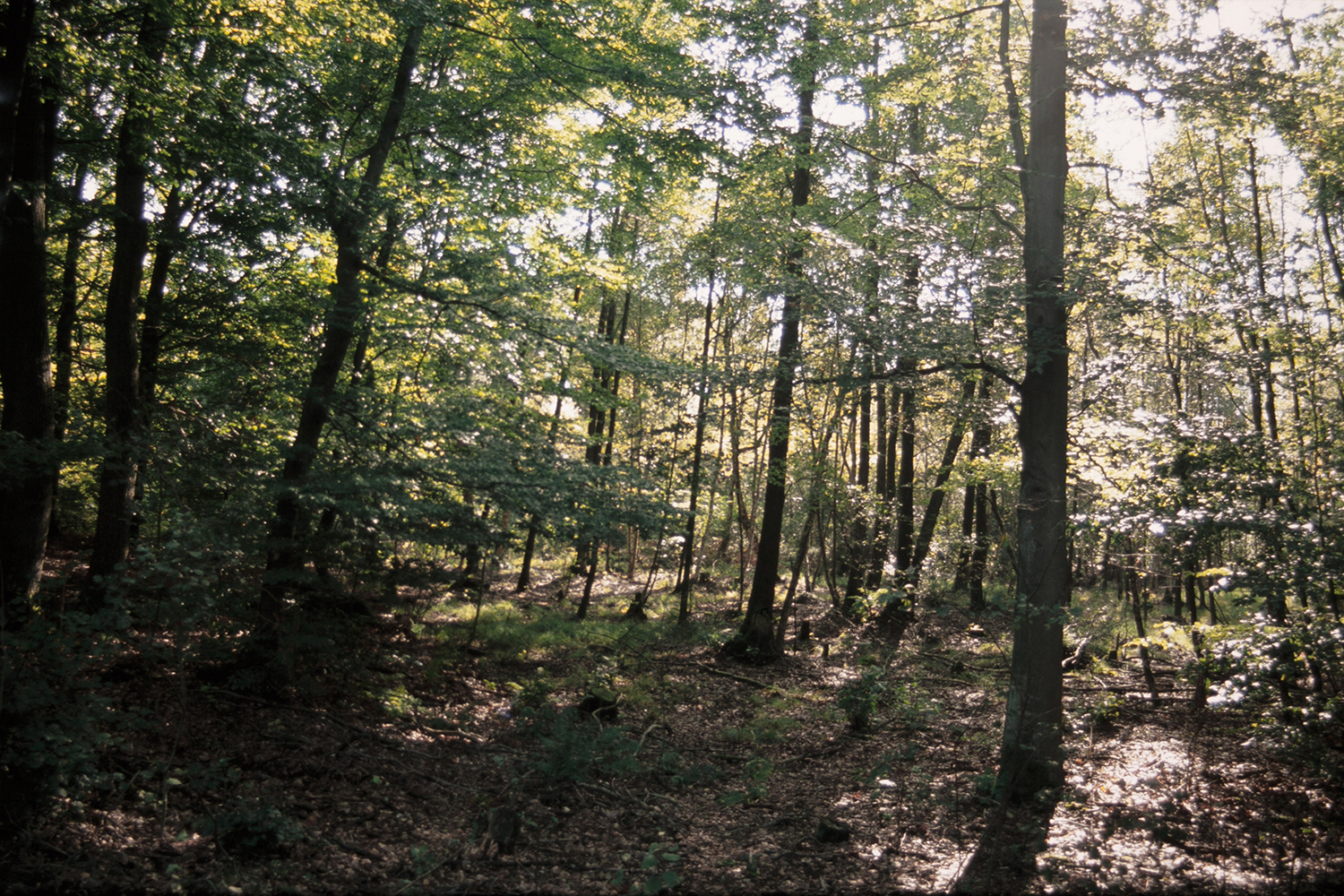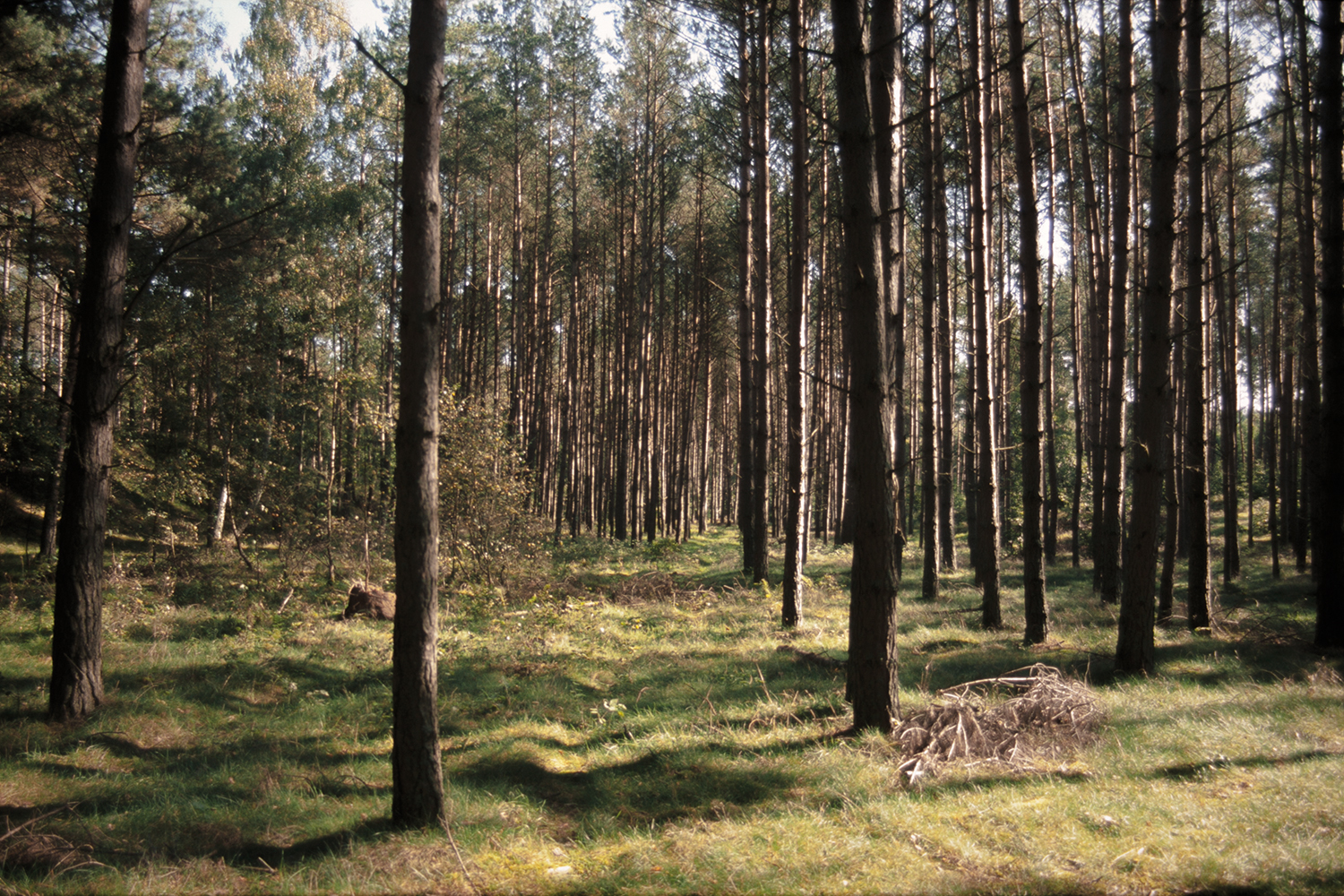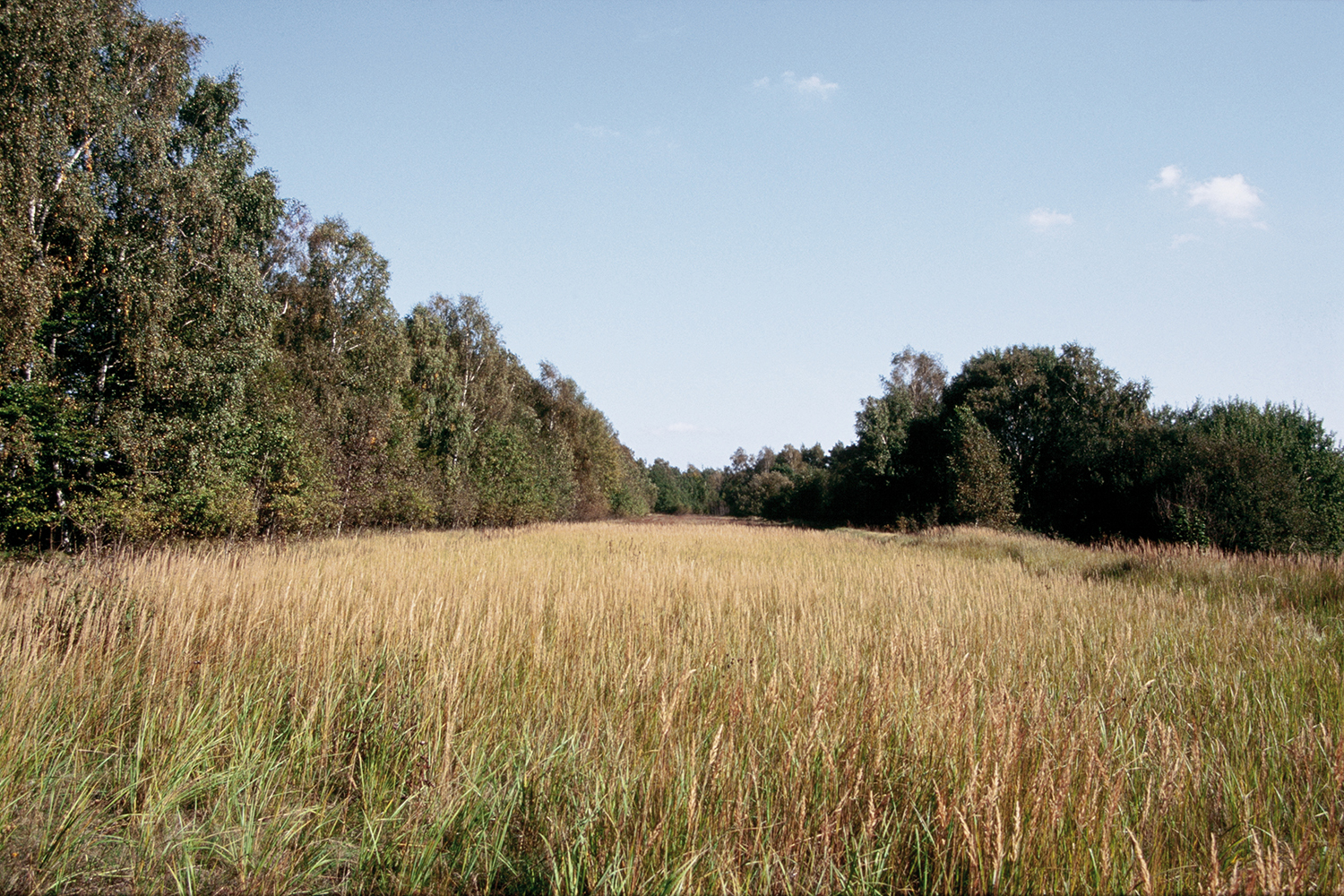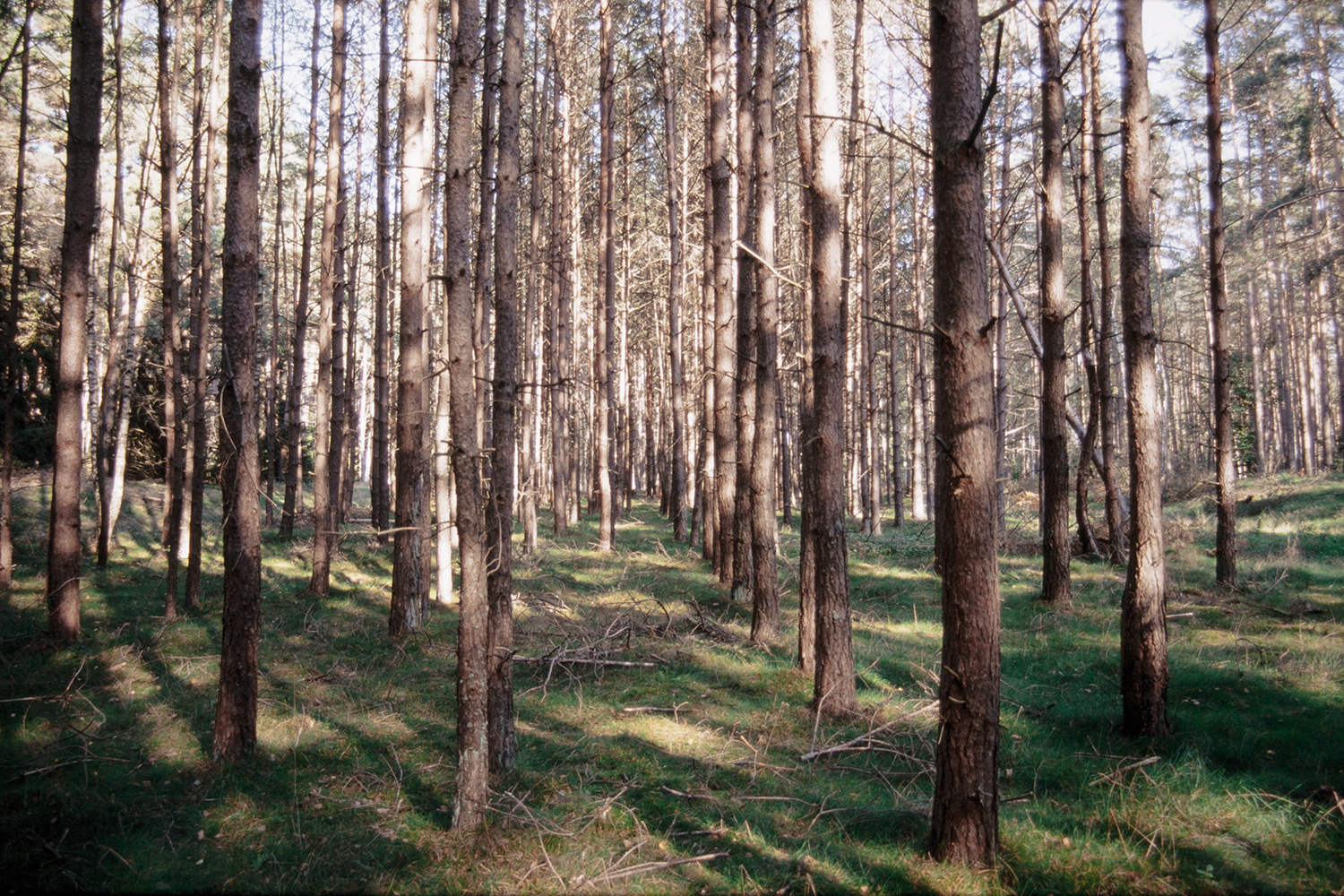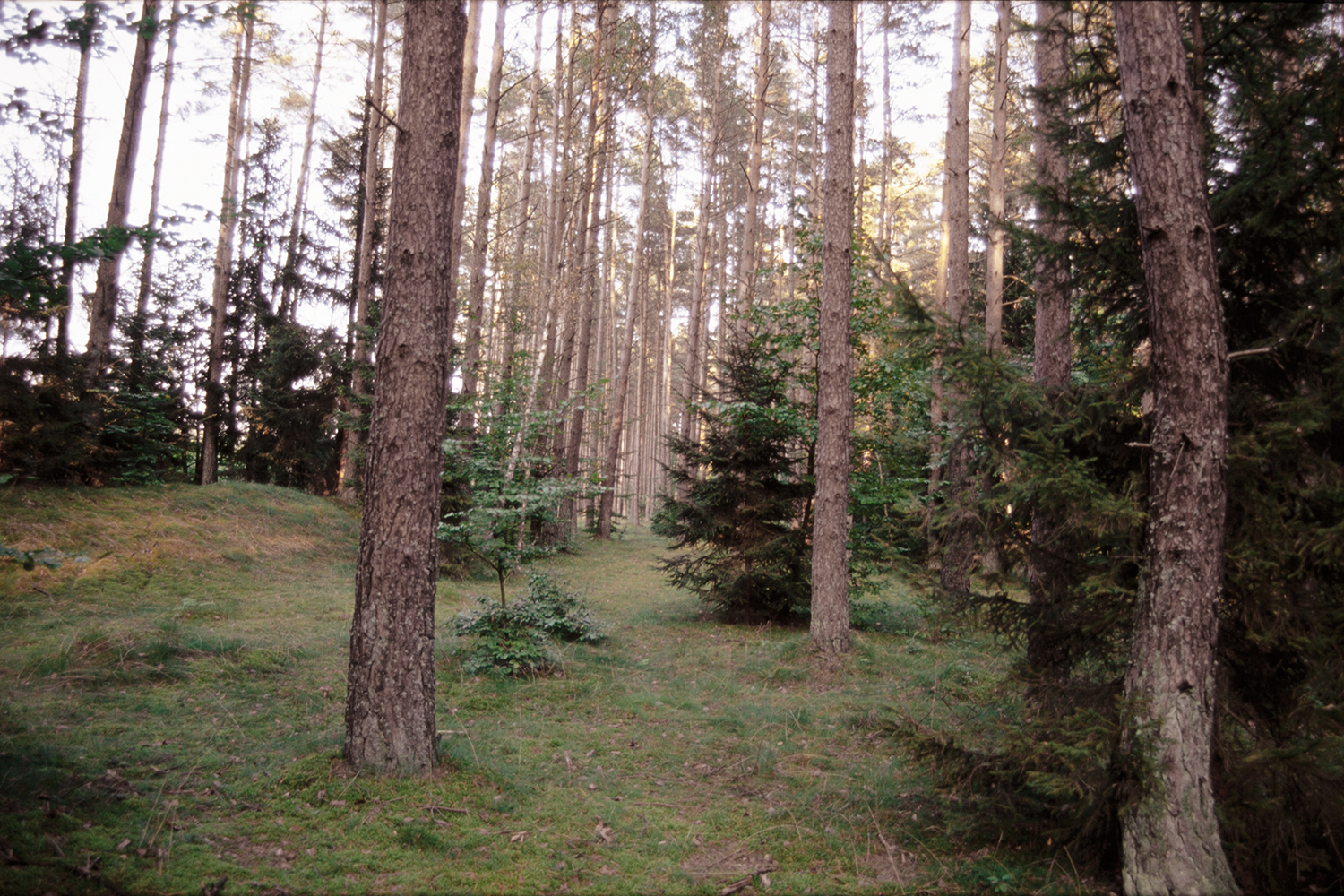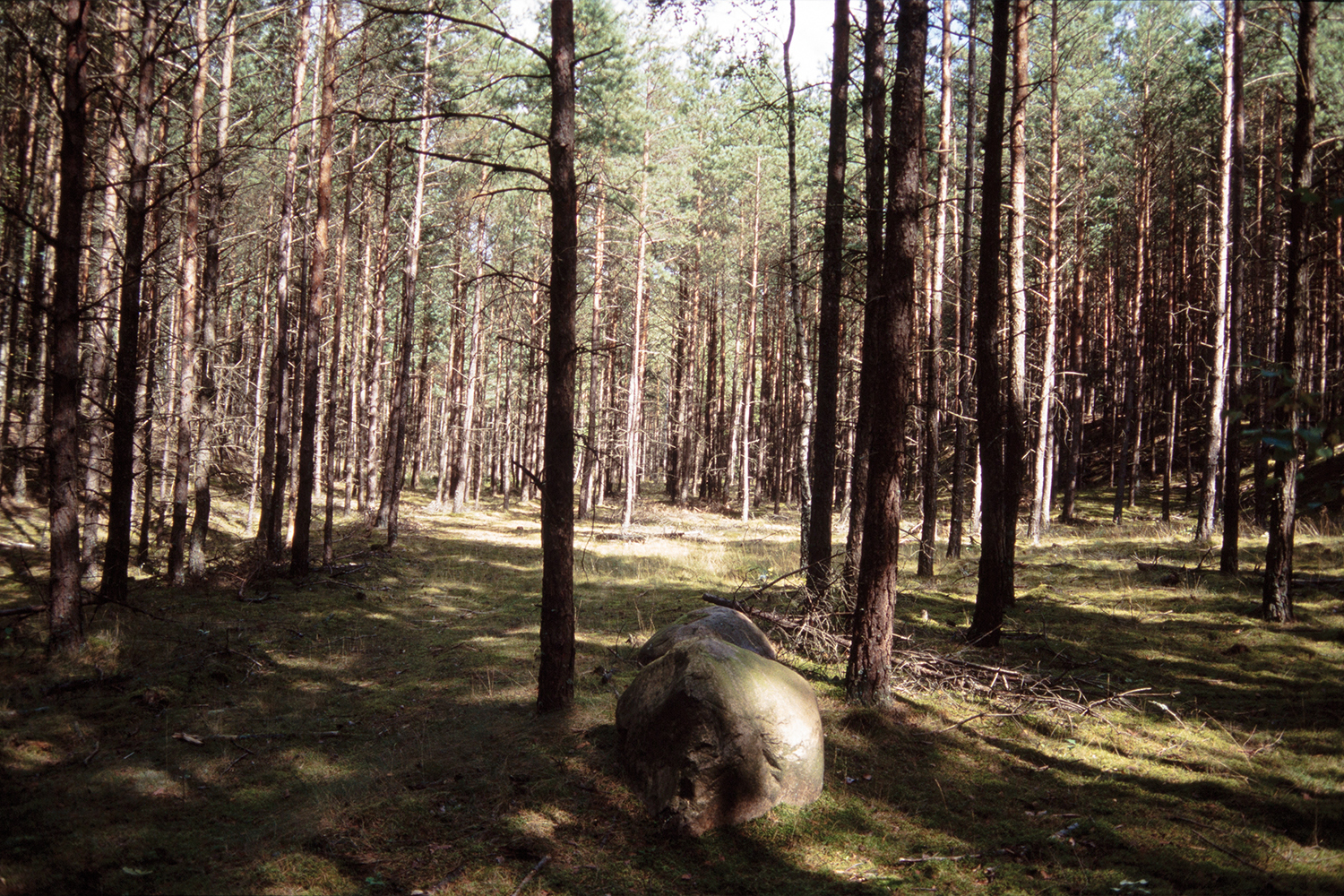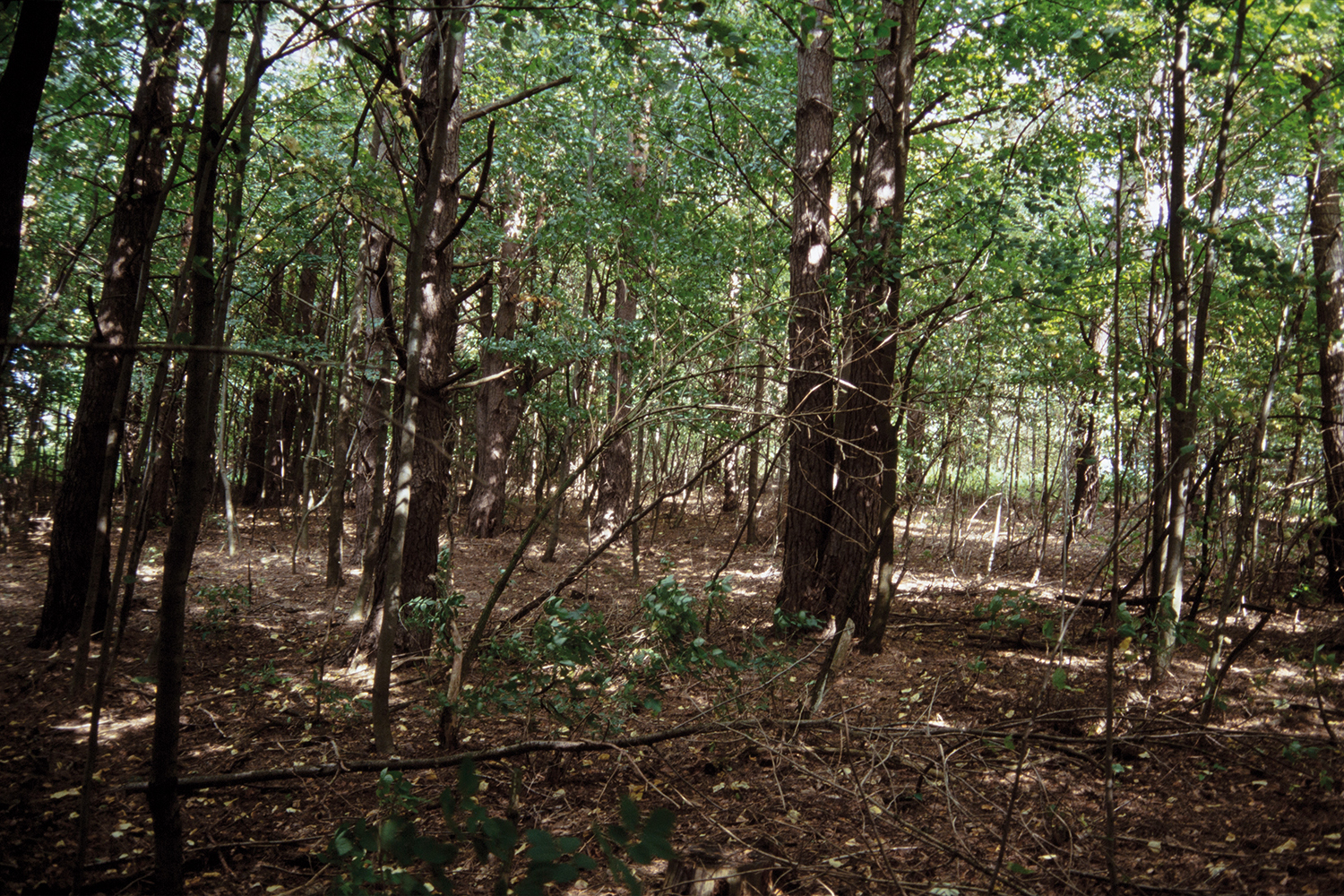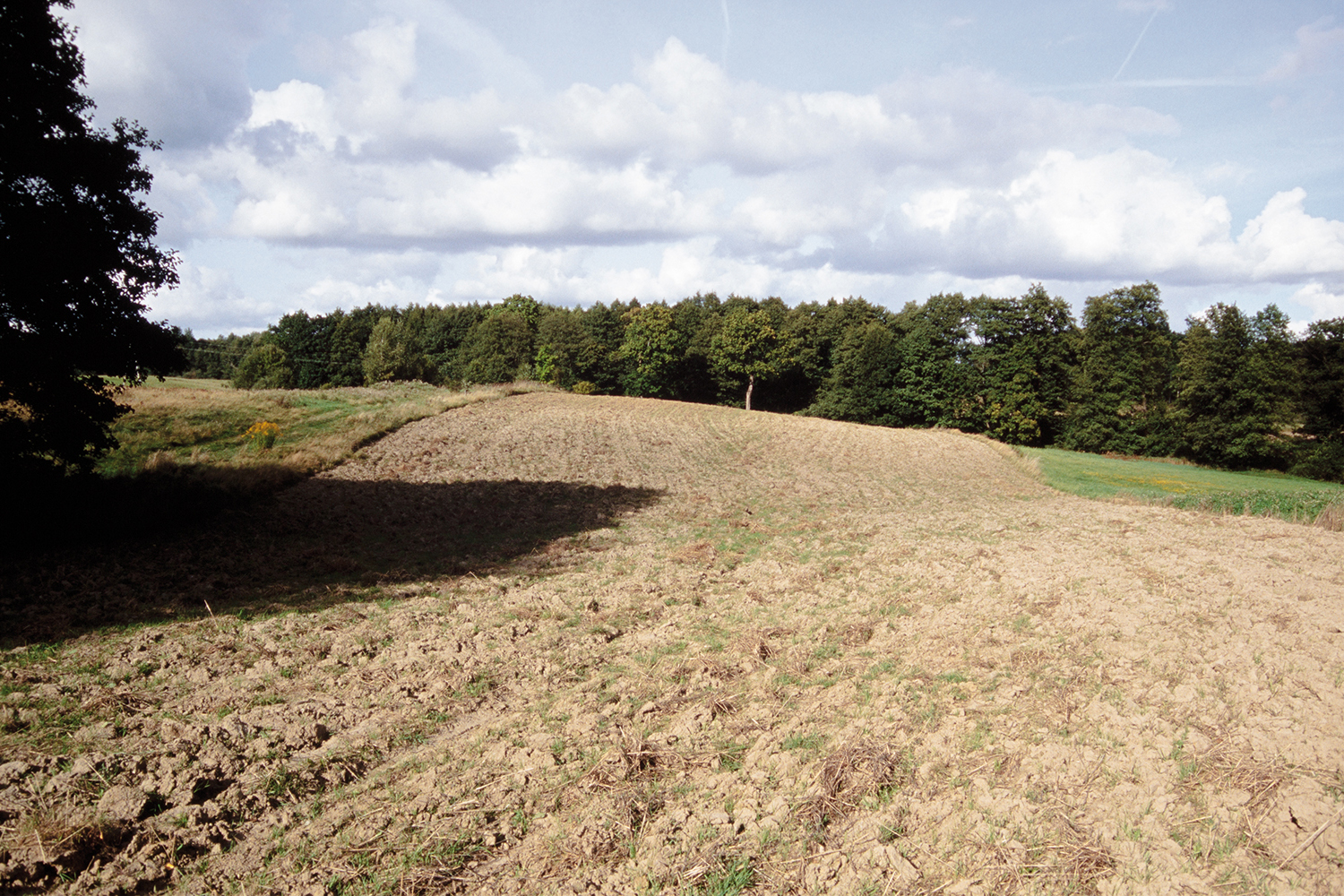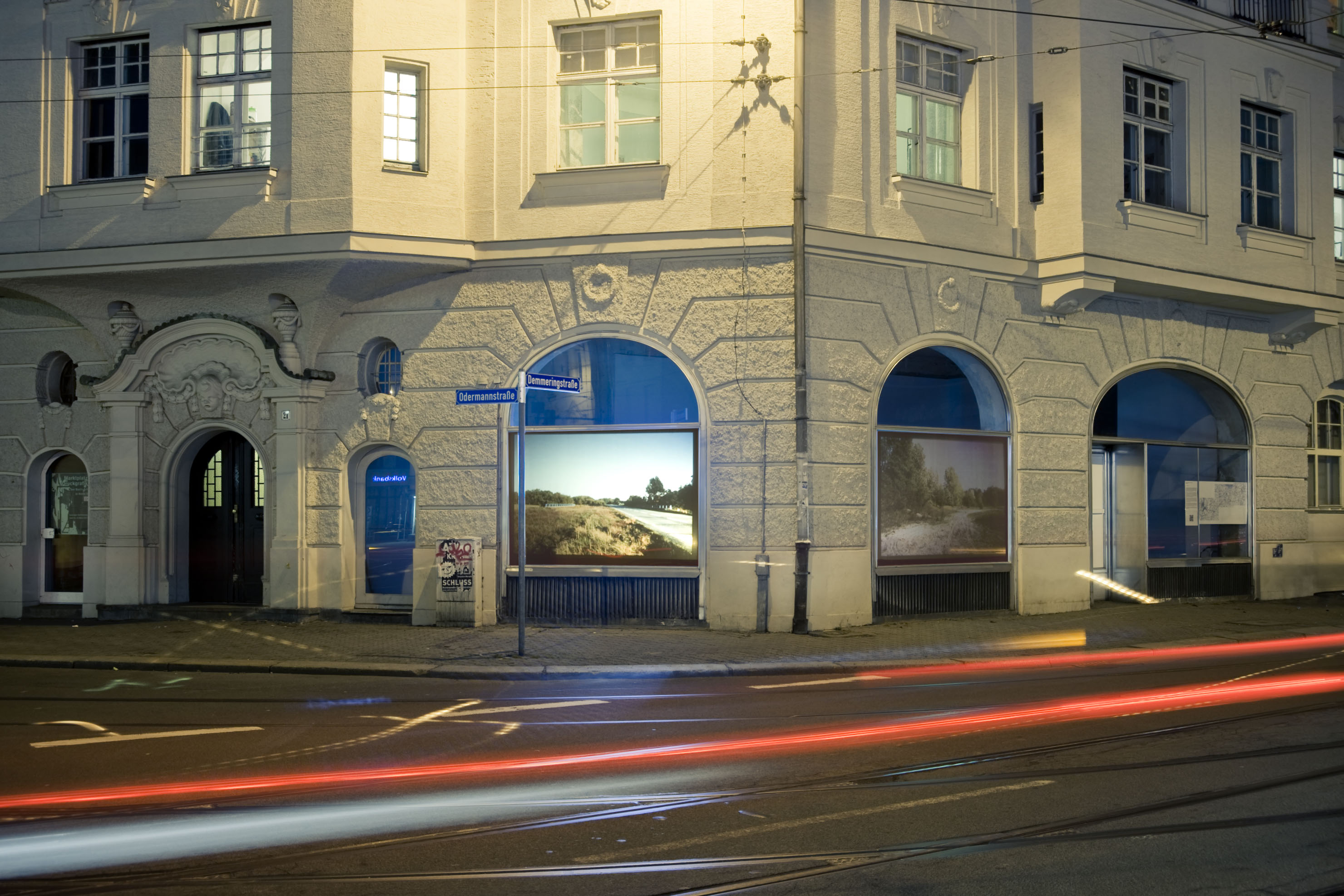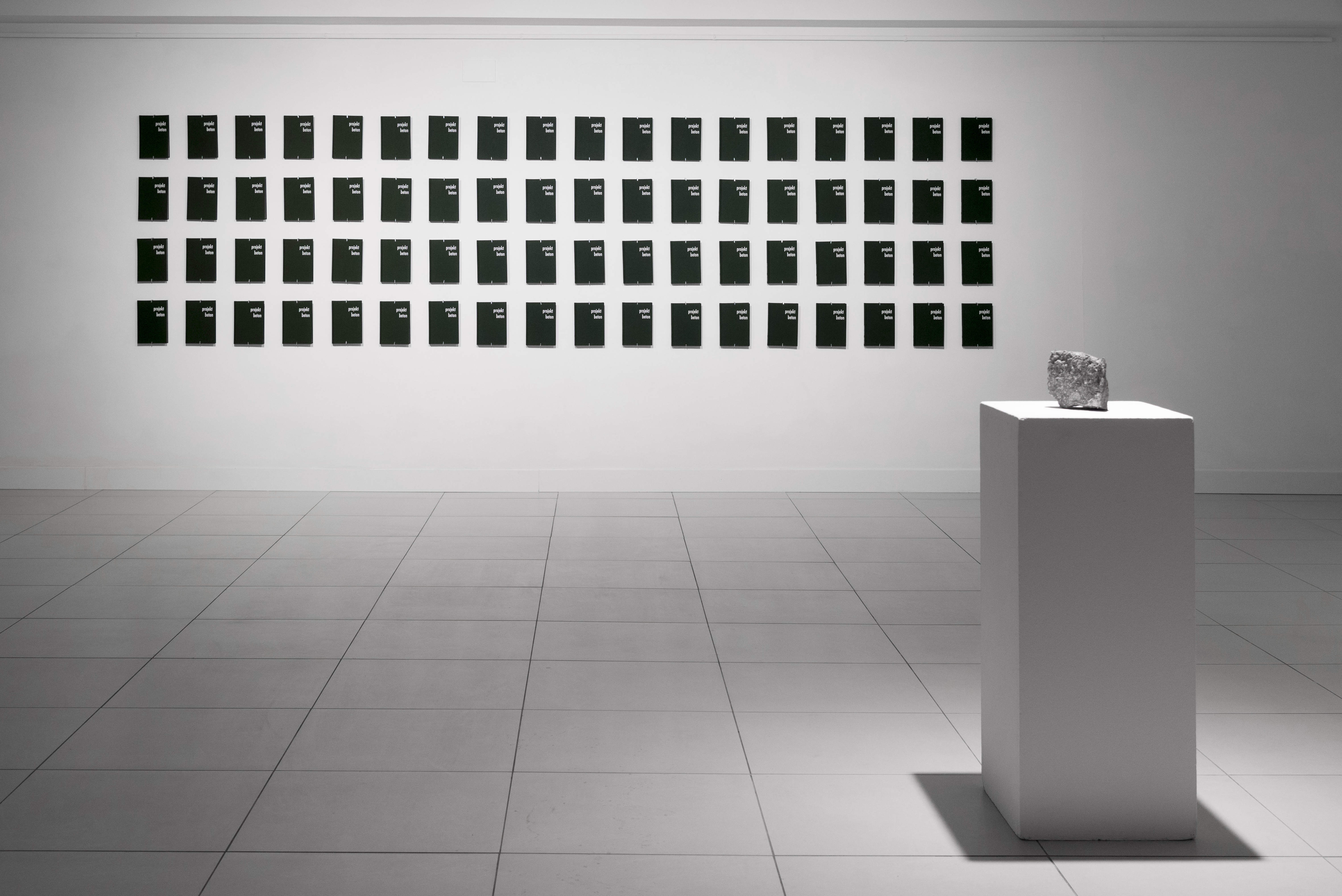Projekt Beton [Polish: Project Concrete] consists of exploring and registering the partly abandoned Reichsautobahn [German: Imperial Highway] Berlin-Königsberg between Germany, Poland and Kaliningrad Oblast (Russia).
The construction of the Reichsautobahn began in 1933, making use of unemployed German workers as part of the German government's strategy to overcome the consequences of the Great Depression. The highway was intended to connect Germany with its exclave of East Prussia, whose capital was Königsberg. The Polish refusal to cross the "Polish Corridor" was used in 1939 as one of the pretexts for the invasion of Poland. However, due to the turn of the Second World War against Germany, the highway was never fully completed. After the war, the movement of the borders and the lack of investment left the highway in pause, which caused the unfinished sections to be covered by nature.
Projekt Beton is to explore the landscape, where each day of the fieldwork is considered as a continuation of a journey along a highway that appears and disappears. It is a search for the image and the movement, in relation to the territory, as a way of traveling and looking. In the project, the camera is used as a means of approach (input) to one of the original ideas of the Reichsautobahnen: to show the landscape to the people who traveled through them. A transit and, therefore, a landscape that, in the case of the Reichsautobahn Berlin-Königsberg, has been interrupted.
The project has been taking shape over the years. Between 2011 and 2013 the 125 kilometers of the highway, from Szczecin to Barwice, where the constructions were unfinished were registered. This first phase of the project concluded with a photographic-essay that shows the complete section, currently covered by nature, through photographs taken every 500 meters and a selection of relevant architectural elements.

In 2017 the view of the route was completed by means of a video that shows the entire motorway:
- The finished parts of the highway (Berlin-Szczecin / Elbląg-Kaliningrad).
- The area that was photographed in the first phase of the project.
- The section that remained with isolated or only planned constructions (Barwice-Elbląg).
The total duration of the video is 4 hours 51 minutes (97 videos of 3 minutes each, one shot every 10 kilometers), the same as the journey between Berlin and Kaliningrad in the case that the highway had been completed (currently it is more than 12 hours).

